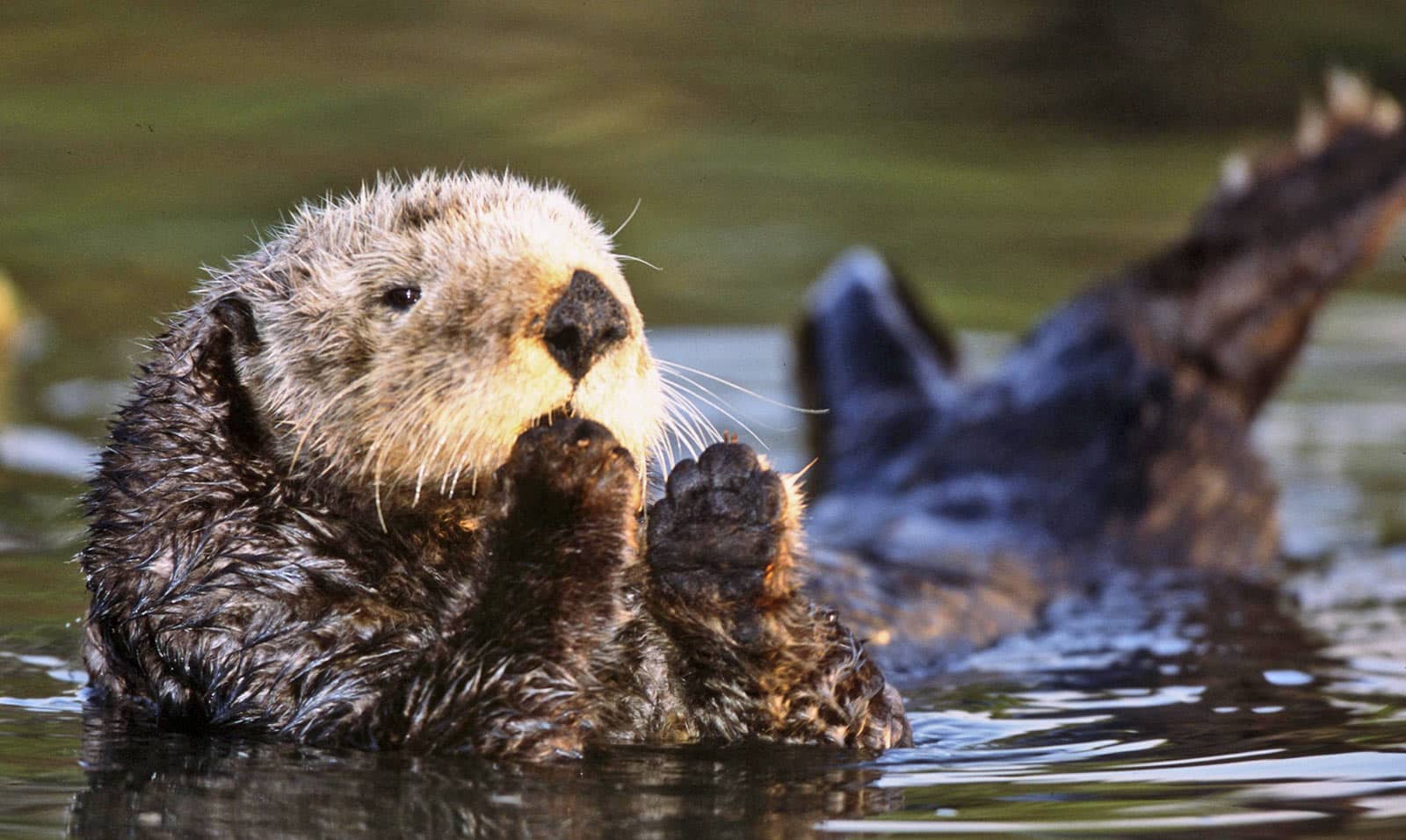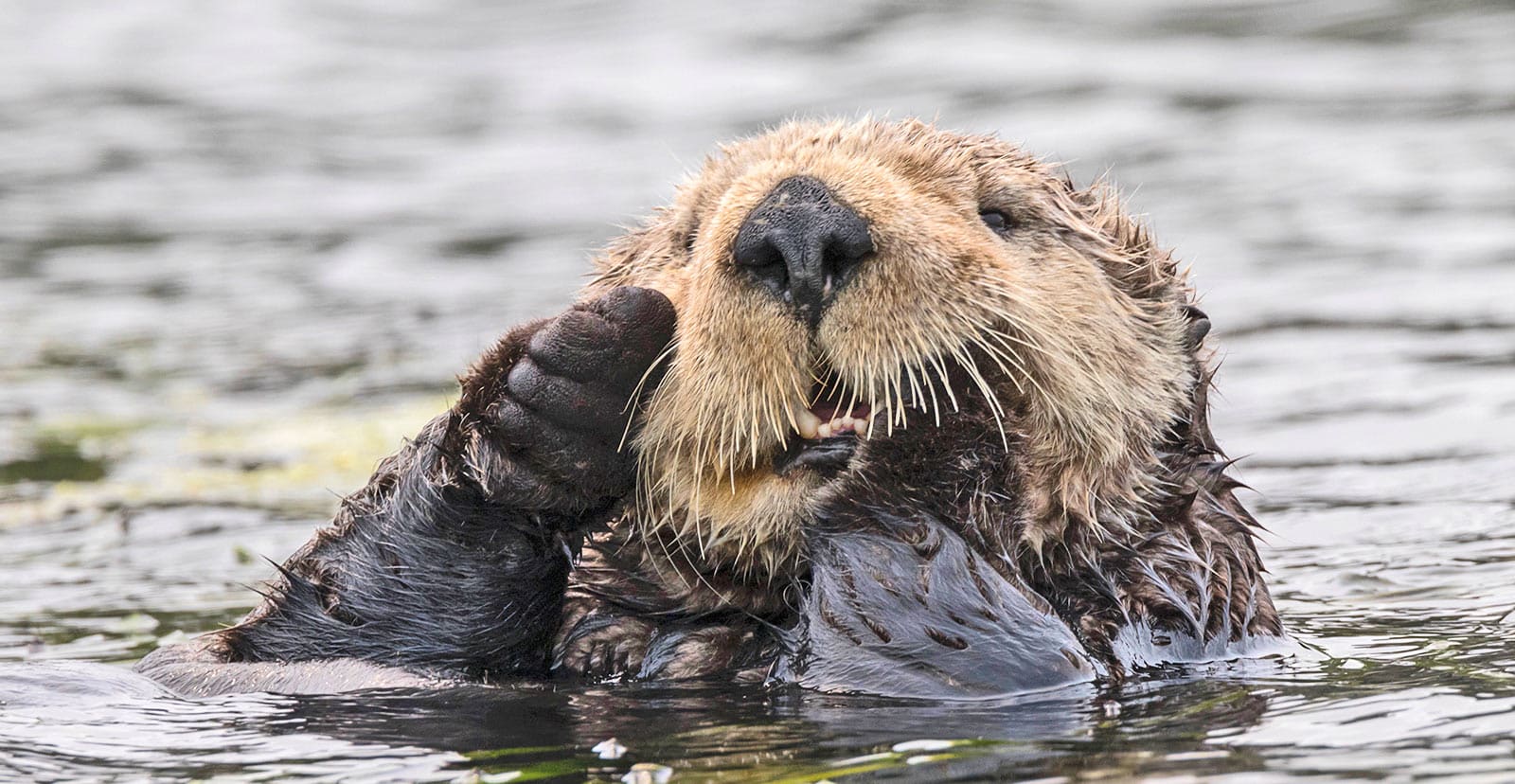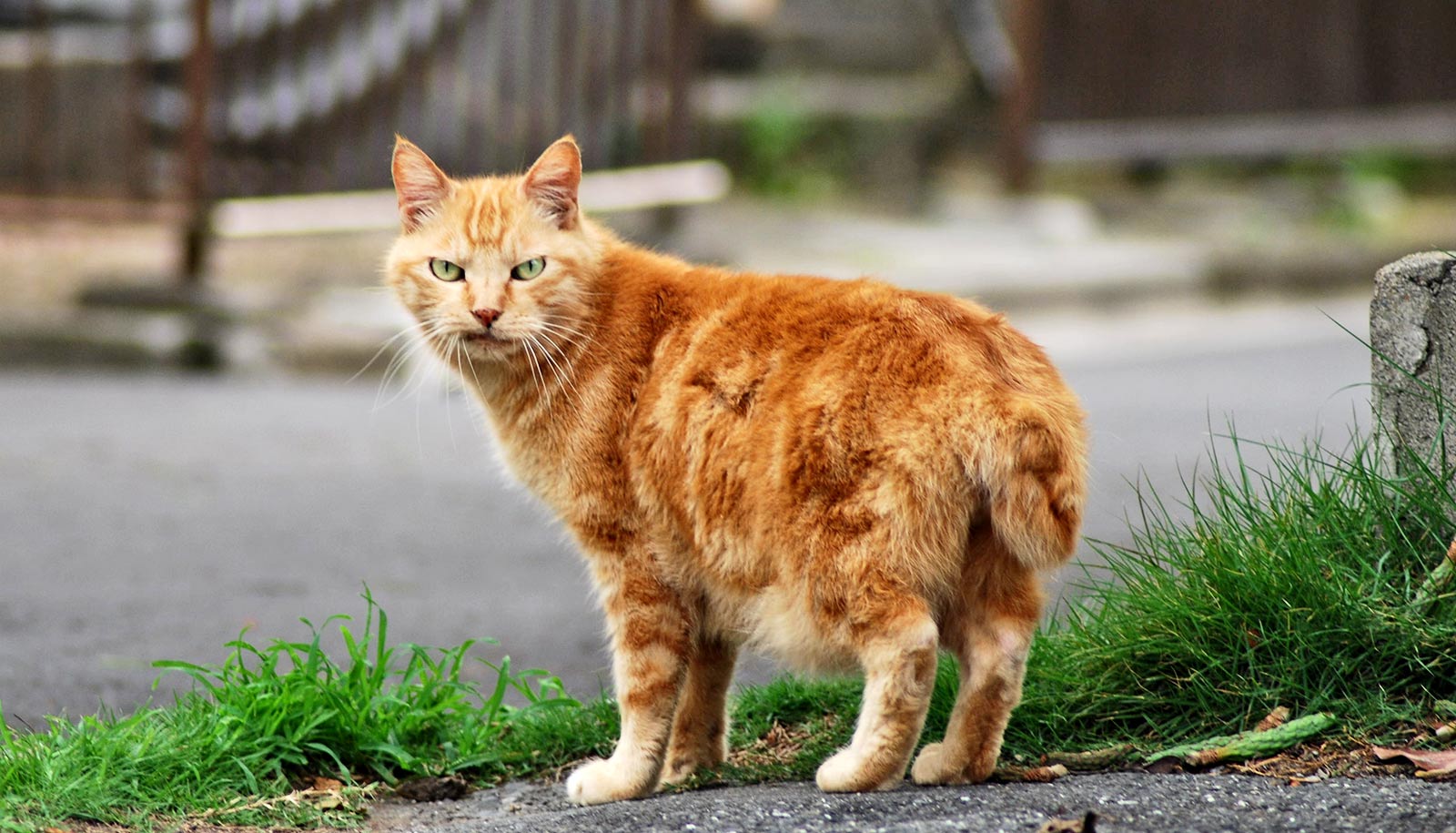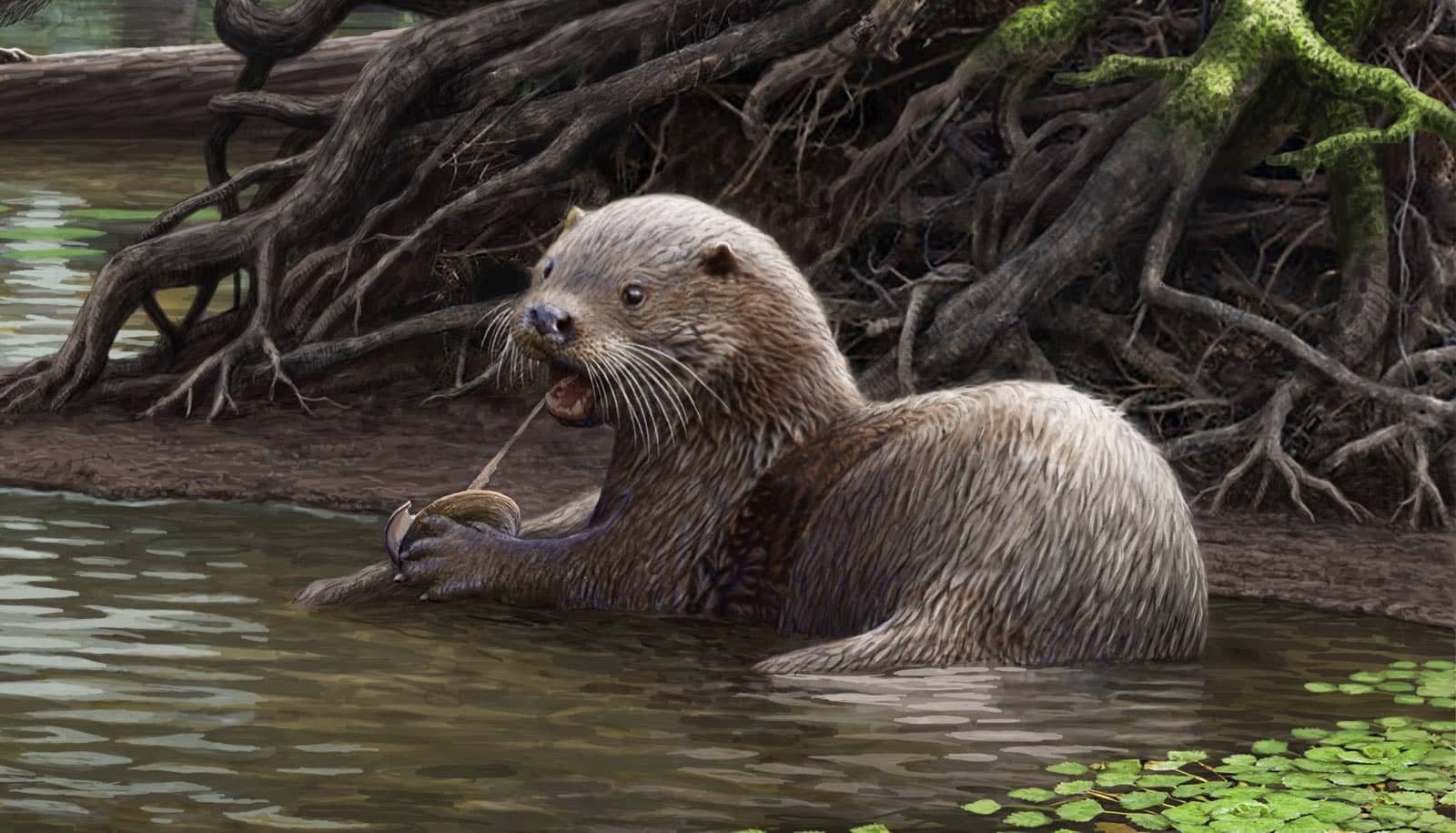New research traces fatal strains of the parasite Toxoplasma gondii in California sea otters to feral domestic cats and bobcats from nearby watersheds.
The infection is fatal for only a fraction of the wild southern sea otters, which has long puzzled scientists. The study appears in the Proceedings of the Royal Society B.
“This is decades in the making,” says corresponding author Karen Shapiro, an associate professor with the University of California, Davis School of Veterinary Medicine and its One Health Institute. “We now have a significant link between specific types of the parasite and the outcome for fatal toxoplasmosis in sea otters. We are actually able to link deaths in sea otters with wild and feral cats on land.”
Wild and domestic cats are the only known hosts of Toxoplasma, in which the parasite forms egg-like stages, called oocysts, in their feces. Shapiro led the initial effort to show how oocysts accumulate in kelp forests, where snails take them up. Sea otters then eat the snails.

For this study, the authors characterized Toxoplasma strains for more than 100 stranded southern sea otters examined by the California Department of Fish and Wildlife between 1998 and 2015. Veterinary pathologist Melissa Miller with the CDFW assessed the otters for Toxoplasma as a primary or contributing cause of death. The scientists compared pathology data with the parasite strains found in sea otters and nearby wild and domestic cats to identify connections between the disease-causing pathogen and its hosts.
The study’s results highlight how infectious agents like Toxoplasma can spread from cat feces on land to the sea, leading to detrimental impacts on marine wildlife.
Sea otters just offshore
Southern sea otters are among the most intensely studied marine mammals in California because they are a threatened species and an iconic animal for the state. They live within just a few hundred meters of the coastline, allowing for close observation that enables a wealth of scientific data.
Previous research showed that up to 70% of stranded southern sea otters were infected with Toxoplasma, yet the infection becomes fatal for only a fraction of them. Decades of detailed investigations by CDFW and UC Davis have confirmed that infection by land-based protozoan parasites such as Toxoplasma and the related parasite Sarcocystis neurona are common causes of illness and death for southern sea otters.
Shapiro notes that Toxoplasma can also affect other wildlife species, but there is more robust data for the otters.
“Toxoplasma is one heavily studied pathogen that we care about, but there are many other viruses and bacteria that are on land and being flushed to the ocean that we probably aren’t aware of yet,” Shapiro says.
Don’t flush cat litter
People can help reduce the spread of Toxoplasma by keeping their cats inside and disposing of cat feces in a bag in the trash, not outdoors or in the toilet because wastewater treatment is not effective in killing oocysts.
Outdoor cats that feed on wild rodents and birds are likely to become infected with Toxoplasma because the parasite is commonly present in the tissues of these prey animals.
Oocysts shed in cat feces on land get washed into waterways with rainfall, and prior research identified freshwater outflow as a key source of Toxoplasma exposure for southern sea otters.
Wetlands, forests, and grasslands naturally serve to shield watersheds and oceans from pollutants, including oocysts. Preserving and restoring wetlands and natural areas, managing stormwater runoff, and replacing pavement with permeable surfaces can reduce contamination and minimize pathogens entering the water.
Additional study authors are from the UC Davis School of Veterinary Medicine, the University of Nebraska, the California Department of Fish and Wildlife, and the UC Davis One Health Institute and CDFW.
Funding came from the National Science Foundation, the American Association of Zoo Veterinarians’ Wild Animal Health Fund, The California Coastal Conservancy, and CDFW’s Office of Spill Prevention and Response.
Source: UC Davis



